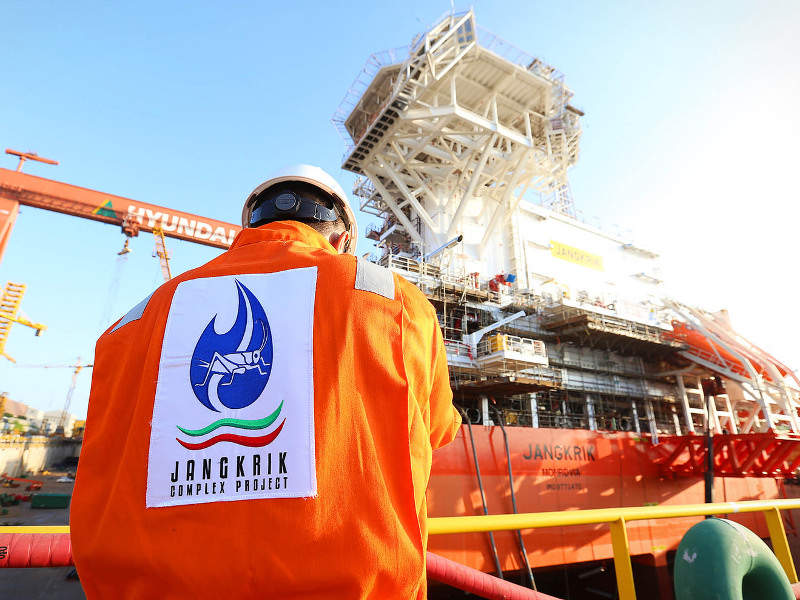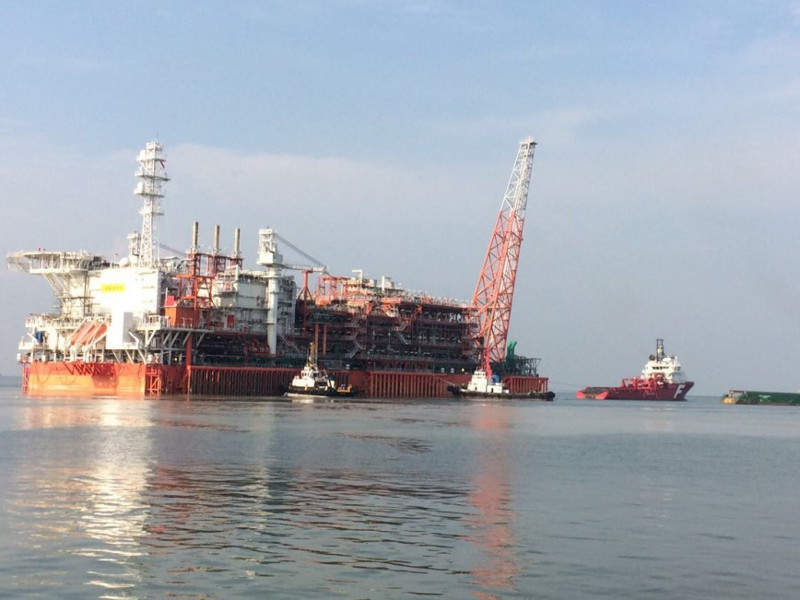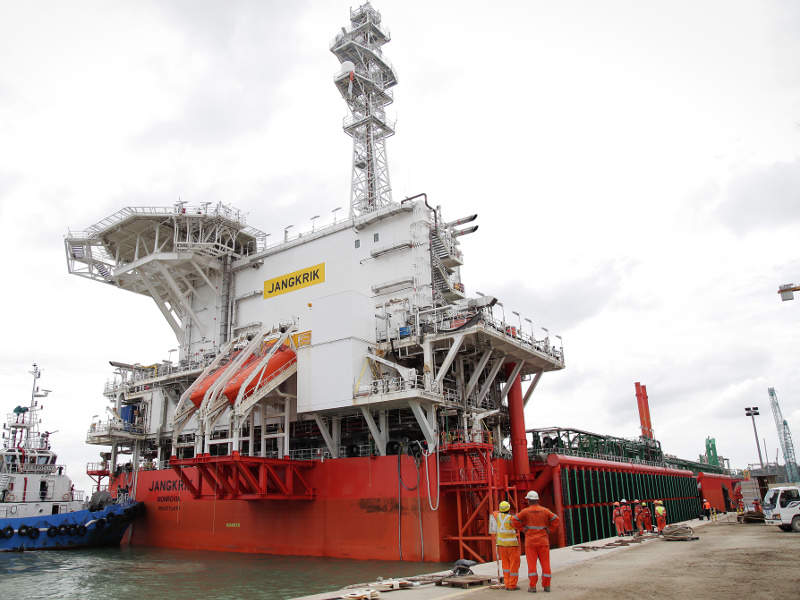The Merakes gas field lies in 1,500m of water in the East Sepinggan production sharing contract (PSC) offshore East Kalimantan in the Makassar Strait, Indonesia.
It is located 35km south-west of the Jangkrik field and 170km south of the Bontang LNG plant.
Eni subsidiary Eni East Sepinggan is the operator of the East Sepinggan PSC and holds 65% interest in the site, while Neptune Energy and Pertamina Hulu Energy hold 20% and 15% respectively.
The plan for the development of the gas field was approved by the Minister of Energy and Mineral Resources of the Republic of Indonesia in April 2018. The investment plan was approved in December the same year.
The Merakes gas field is expected to hold total estimated reserves of two trillion cubic feet (tcf) of lean gas in place. It is also anticipated to extend the life of the Badak LNG facilities located at Bontang.
Details of the Kutei Basin
The Kutei Basin hosts hydrocarbons of the Eocene age and is located on the eastern coast of Kalimantan Island.
It is composed of deepwater sediments of Mahakam River-derived fluvio-deltaic, which were deformed due to compressional tectonic movements.
The Kutei Basin is a hydrocarbon-rich region containing a number of giant discoveries in production. It is estimated to have more than 850 exploration wells and is considered as one of the world’s longest-explored petroleum basins.
Eni acquired a 100% participating interest in the East Sepinggan block of the Kutei Basin in May 2012. The block covers a total area of 2,913km².
Merakes gas field discovery, appraisal and reserves
The Merakes field was discovered by the Merakes 1 well, which was drilled in October 2014 in 1,372m of water.
The well encountered a 60m gas column within high-quality sandstones of the Pliocene age.
Merakes was appraised and tested by the Merakes 2 appraisal well in January 2017. The well was drilled to a depth of 2,732m in 1,269m of water. It encountered a 17m gas column in clean sandstones of the Pliocene age.
The exploration prospect Merakes East in the East Sepinggan block was drilled and tested to a depth of 3,400m in 1,592m under water in December 2018. It encountered 15m of gas bearing net sands in two distinct levels of Miocene age.
Merakes gas field development details
The Merakes gas field will be developed via the drilling of five subsea wells, which are to be tied-back to the Jangkrik floating production unit (FPU) located 35km away through subsea systems and pipelines.
Gas produced from the site will be treated at the FPU and then transported through an existing pipeline to the Badak LNG plant located in Bontang, East Kalimantan.
The gas field is expected to have a plateau production rate of 60,000 barrels of oil equivalent a day.
It will include a production HPU (PHPU), a topside umbilical termination unit (TUTU) and a subsea isolation valve control panel (SSIV Panel) to enable control and operation of the subsea wells and subsea isolation valves.
Jangkrik floating production unit details
The Jangkrik FPU is barge-type spread moored unit measuring 200m-long and 46m-wide.
It comprises three trains with a gas processing capacity of 450 million standard cubic feet a day (Mmscf/d) and condensate processing of 4,100 barrels of condensate a day.
The Jangkrik floating production unit’s integrated topside module (ITM) weighs 14,273t and was fabricated in Indonesia, while the hull was built in South Korea.
The hull of the FPU weighs 26,000t and the living quarters weigh roughly 2,200t.
Badak LNG plant details
The Badak LNG plant was built in 1977 and comprises eight LNG trains and one LPG train.
A total of three LNG / LPG loading piers are operating simultaneously at the Badak LNG plant. The plant also includes five LPG tanks and three loading docks.
The initial production capacity of the plant in 1977 was 3.3 billion tonnes a year.
It is currently producing 1.2 million tonnes per annum (Mtpa) of LPG and 22.5Mtpa of LNG.
Contractors involved
TechnipFMC was awarded an integrated Engineering, Procurement, Construction, Transportation and Installation (iEPCI™) contract in 2019.
Frames will supply TechnipFMC with hydraulic control systems for subsea wells and subsea isolation valves.









